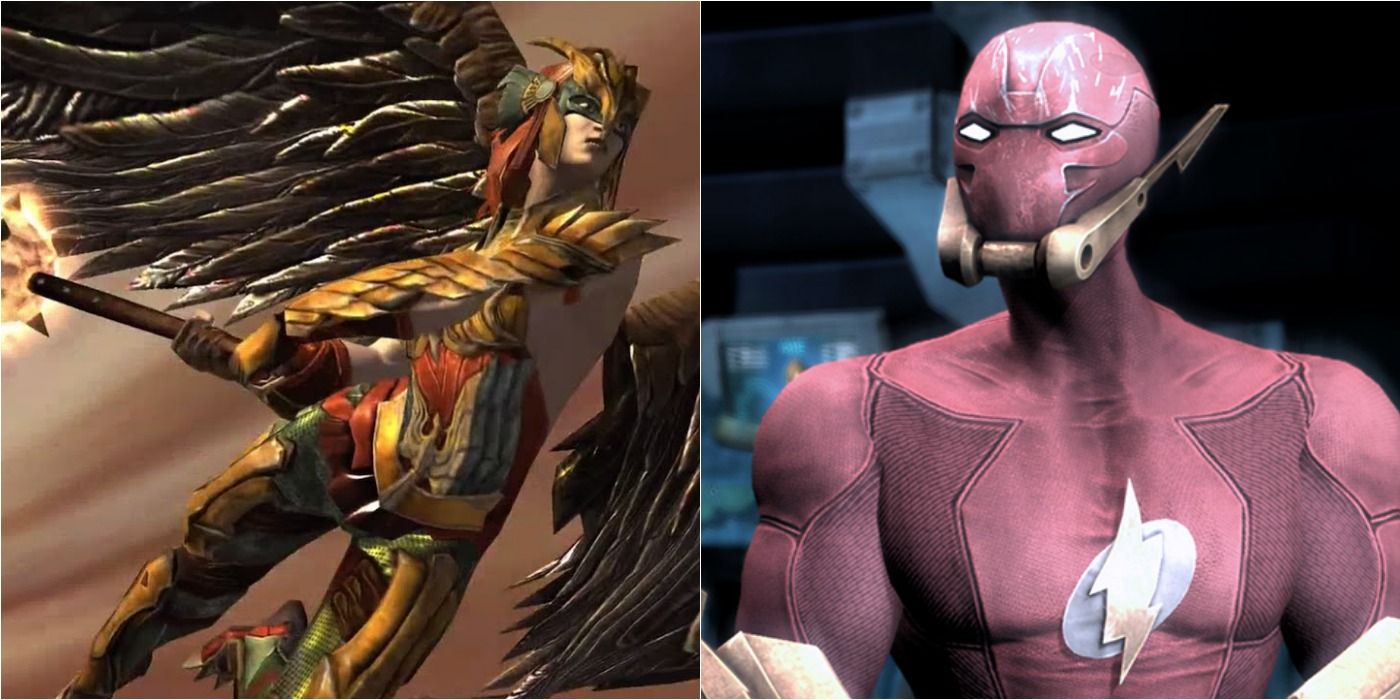

Not only does it feature over an hour’s worth of voice acting and cinematic scenes, but it blends both fights and mini-games into these sequences, turning Injustice’s story mode into a playable movie. The game features an extensive story mode, telling the tale of how an alternate universe Superman was turned into a psychotic dictator.

While how much a player enjoys Injustice’s gameplay mostly comes down to their fighting game preferences, all players should appreciate Injustice’s commitment to meaningful single-player content. The new mechanics give fights in Injustice a much more cinematic feel, adding to the game’s gritty atmosphere. Players can now block by simply holding back or crouching, and break free from combos using the Clash system, where both players get a chance to push an advantage by spending a part of their super meters. The biggest differences come down to Injustice’s brand new defensive mechanics. Players familiar with Mortal Kombat will find themselves right at home, as Injustice borrows a lot from that series’ aesthetic and mechanics. The last hero or villain standing is the winner. Players must then use a variety of light, medium, and heavy attacks, along with that character’s special trait, to deplete their opponent’s health bars. Prior to each match, Players choose one of about thirty playable characters pulled from the DC Universe, such as Batman, the Joker, and The Flash. But how does it hold up to its lofty pedigree? Powers Befitting a Hero

Featuring beloved DC heroes and villains, a robust story mode, and a tried and true fighting game engine, Injustice seems, for all the world, to be the ultimate DC tie-in game. Originally released on Xbox 360, PlayStation 3, and Wii U in 2013, with an Ultimate Edition later coming to PlayStation 4, PlayStation Vita, and Windows, Injustice: Gods Among Us brought the DC Universe into the fighting game realm courtesy of NetherRealm Studios, a developer well-known for its gritty, deliberate fighting games.


 0 kommentar(er)
0 kommentar(er)
